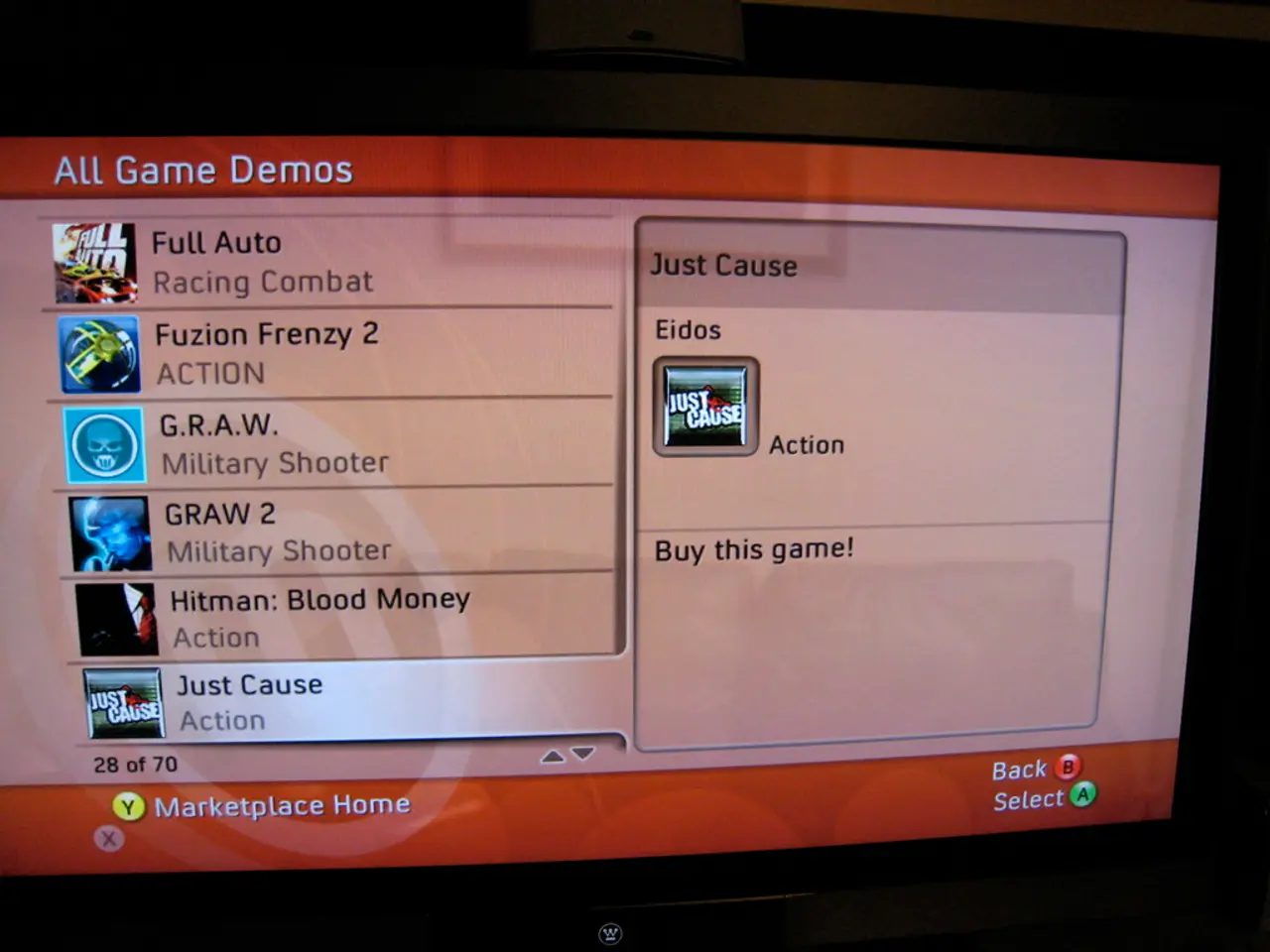Gamification of Mobile Applications Boosting Multiple Purchases (Illustrated with Authentic Case Studies)
In the world of mobile apps, gamification has emerged as a powerful tool to engage users and boost retention rates. By incorporating game-like mechanics, apps can make interactions more enjoyable, fostering emotional connections and encouraging users to return frequently.
Gamification achieves this by motivating specific goals and unlocking rewards, increasing user retention, building emotional connections and loyalty, creating habits, driving engagement, boosting sales, and delivering personalized nudges and challenges.
Users are incentivized to complete tasks or reach milestones, earning instant and long-term rewards that keep them engaged and increase contact frequency with the app. Studies show that apps incorporating gamified features, like challenges and achievements, encourage users to come back more regularly, boosting retention rates significantly.
Gamification generates a stronger bond between users and the brand by making interactions enjoyable and rewarding, which deepens brand affinity and encourages repeat business. Features like daily streaks, levels, badges, and progress bars provide visible markers of accomplishment that make users feel invested and less likely to churn.
Users are encouraged to share achievements, participate in contests, or complete challenges, which not only increases app usage but also stimulates user-generated content and social proof, leading to higher retention and purchases.
Gamified incentives linked to cart value or purchase frequency stimulate higher spending and repeat transactions. Tailored push notifications and challenges based on user behavior encourage ongoing interaction and remind users to complete unfinished activities, further improving retention.
Apps that use gamification see a 30% higher user retention rate in the first 90 days, and users who receive a reward are 3x more likely to return within a week. In summary, gamification transforms the user experience by turning routine interactions into engaging, rewarding activities that promote loyalty, increase time spent in the app, and ultimately drive repeat purchases and sustained retention.
Examples of successful gamification in mobile apps include Starbucks Rewards, Duolingo, Flipkart's SuperCoins, and Nike Run Club. From incentivizing frequency with double-star days and bonus stars for challenges, to rewarding users for daily workouts, streaks, or hitting hydration goals, these apps are revolutionizing the way businesses engage with their customers.
Whether it's in fitness, e-commerce, learning, or healthcare, gamification is proving to be a game-changer in the mobile app industry, driving repeat purchases and retention through smart and subtle design.
- Push notifications can be a powerful tool in gamification, delivering personalized nudges and challenges that foster engagement, boost sales, and increase user retention.
- Gamified education-and-self-development apps, such as Duolingo, use rewards to motivate users, encouraging them to return regularly and develop habits for continuous learning.
- Users may be attracted to general-news apps by engaging content, but gamification features like contests and challenges can help retain these users by stimulating further interaction and user-generated content.
- Sports apps can benefit from gamification as well, rewarding users for achieving personal bests, completing daily workouts, or maintaining streaks that deepen brand affinity and promote user retention.




